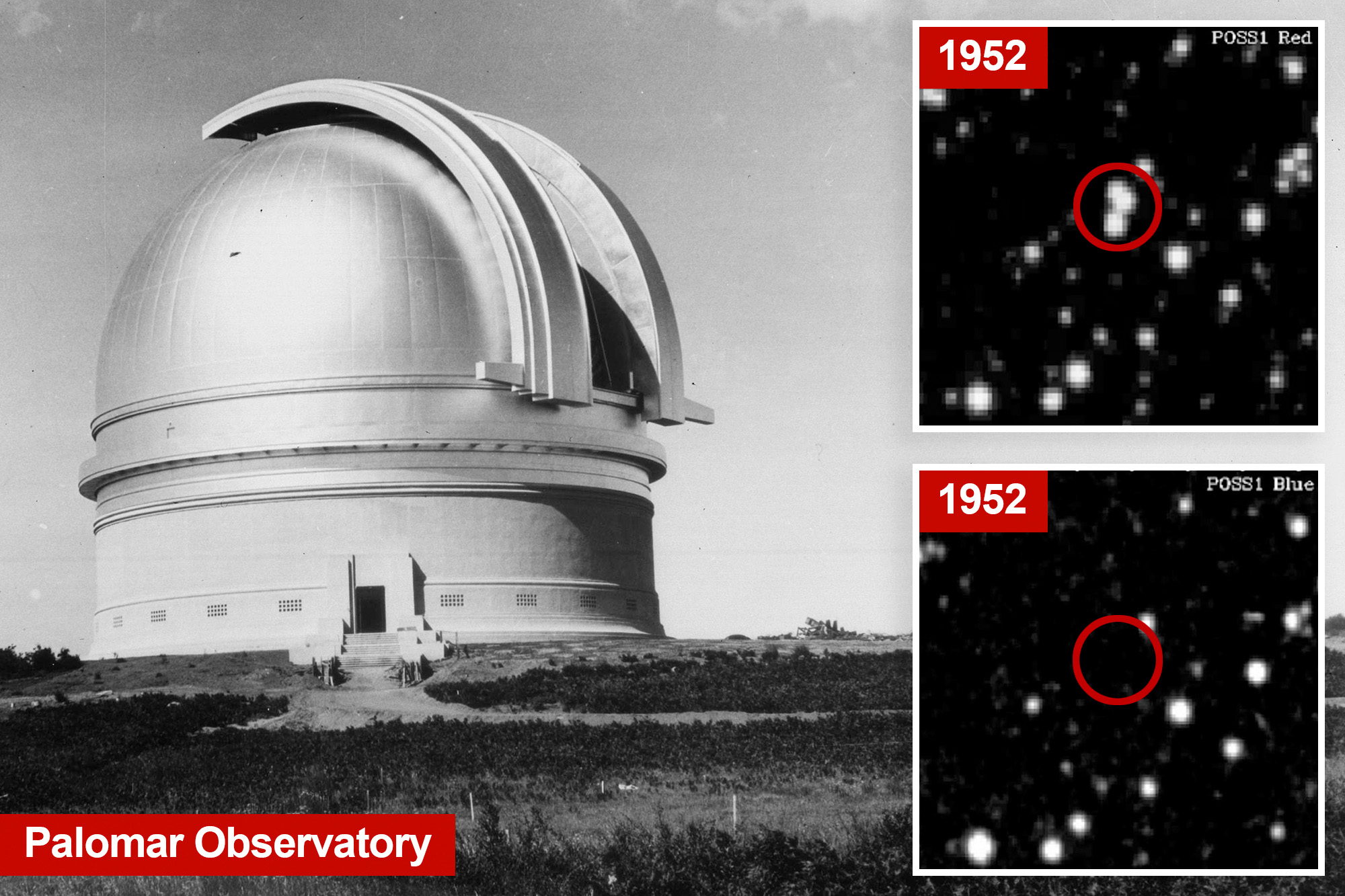A pair of recent scientific papers have revealed the detection of thousands of potential unidentified flying objects (UFOs) in photographs taken during the 1950s. The research, led by astronomer Beatriz Villarroel from the Nordic Institute for Theoretical Physics, suggests that these “transients”—fleeting star-like objects—could represent extraterrestrial visitors or unidentified aerial phenomena (UAP) in Earth’s orbit.
The studies, published in Nature’s Scientific Reports and the Publications of the Astronomical Society of the Pacific, analyzed approximately 2,000 photographic plates taken at the Palomar Observatory in California between 1949 and 1958. This period marks one of the earliest detailed astronomical surveys, known as the Palomar Sky Survey. Crucially, these images were captured before any human-made satellites were present in the sky.
Using advanced machine learning and imaging processing software, Villarroel and her team identified around 107,000 transient lights in the night sky. These lights resemble stars but are not fixed, and while some were attributed to errors, thousands remain unexplained. The research team found a correlation between these transients and well-documented UFO sightings, as well as notable nuclear testing dates.
Connections to UFO Sightings and Nuclear Tests
One significant finding was that multiple bright transients appeared on July 19 and 27, 1952, coinciding with the famous Washington DC UFO Incident, which saw numerous reports of flying saucers over the U.S. capital. Despite extensive investigations, those sightings have remained unexplained.
The research further revealed that transients were 45% more likely to appear within 24 hours of a nuclear test. The last recorded transient linked to nuclear testing occurred on March 17, 1956, just one day after the Joe 21 nuclear test in Russia. This connection raises intriguing questions about the relationship between UAP sightings and nuclear activity.
Villarroel’s team also noted a peculiar instance where multiple transients aligned in a straight line across a photographic plate. Villarroel stated that such an arrangement is unlikely to occur due to any known natural phenomena.
Implications of the Findings
The implications of these findings are significant. The studies propose that the observed transients may provide insight into UAP phenomena. Villarroel argues that “some transients could potentially be UAP in Earth orbit that, if descending into the atmosphere, might provide the stimulus for some UAP sightings.”
Overall, the researchers concluded that their work supports a hypothesis suggesting a potential association between transients, nuclear testing, and UAP reports. As interest in UFOs continues to grow, these findings could pave the way for further investigations into the unknown entities captured in historical astronomical data.
As scientists and enthusiasts alike seek answers, the legacy of the Palomar Sky Survey may extend far beyond its initial purpose, inviting new discussions about the mysteries of our universe.







